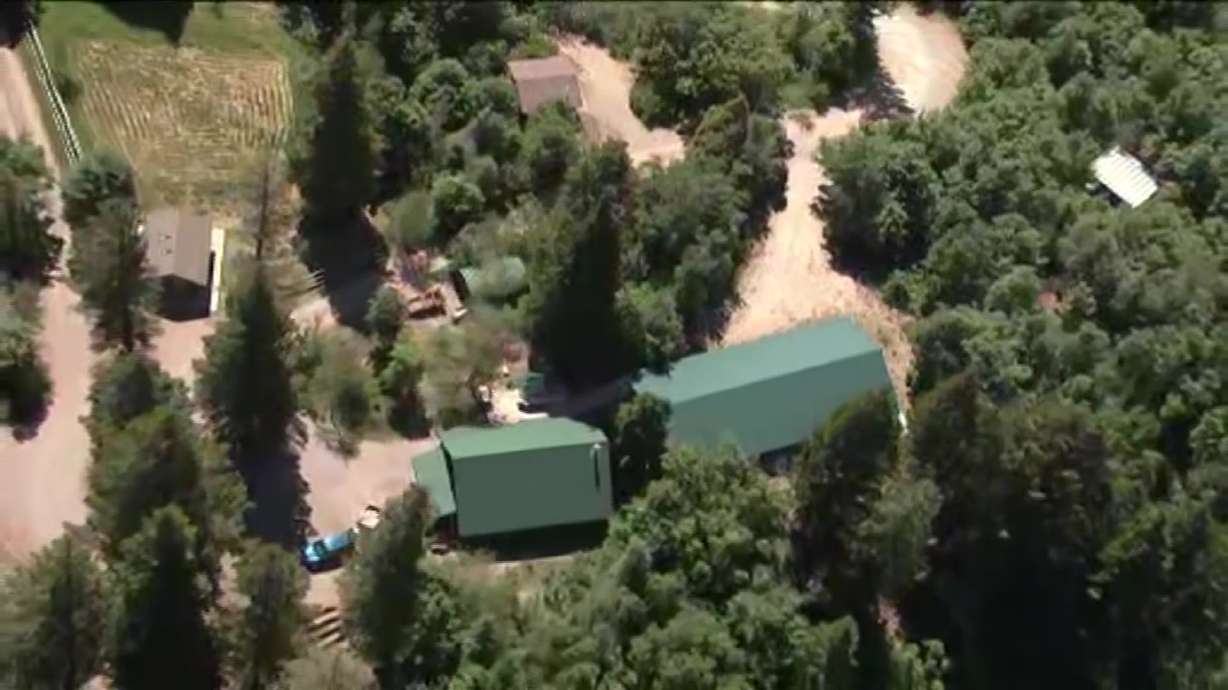Estimated read time: 2-3 minutes
This archived news story is available only for your personal, non-commercial use. Information in the story may be outdated or superseded by additional information. Reading or replaying the story in its archived form does not constitute a republication of the story.
SODA SPRINGS, Idaho – A girl's camp experience gone awry.
The Bear River Health Department said a group of young women from Box Elder County were staying at a cabin at Camp Chi-Keena in Soda Springs, Idaho, that was apparently infested with multiple bats.
Karen Valcarce, an epidemiologist with the Utah Department of Health and Human Services, said about 10%-15% of bats test positive for rabies in Utah every year. So any time there's a mass exposure, health officials take immediate action.
"Rabies is a disease that affects the nervous system of both humans and animals. It is virtually 100% fatal in humans once you develop symptoms. That's why we treat any potential exposure as a serious risk," she said.
Valcarce said actual cases of rabies are rare. The last case of rabies in Utah was in 2018, the first in the state since 1944.
"We rarely see rabies in humans in Utah," Valcarce said. "In fact, in the United States, typically only about one to two cases are reported every year."
Rabies can be spread through a bite or scratch from an infected animal. A person can experience flu-like symptoms like fever, headache or nausea, which will then progress to neurological symptoms.
"Don't wait until you have symptoms to get treated for rabies," Valcarce said.
That treatment involves human rabies immunoglobulin and a four-dose series of vaccines over a period of about two weeks.
Jordan Mathis, a health officer with the Bear River Health Department, told KSL-TV that the youth group is currently getting treated and there is no risk to the overall public.
If you have contact with a bat or another animal that could potentially have rabies, call your health department right away to assess your risk. Don't try to remove the animal yourself – call animal control to capture it.
For more information on rabies, including an exposure assessment tool, visit rabies.utah.gov.









